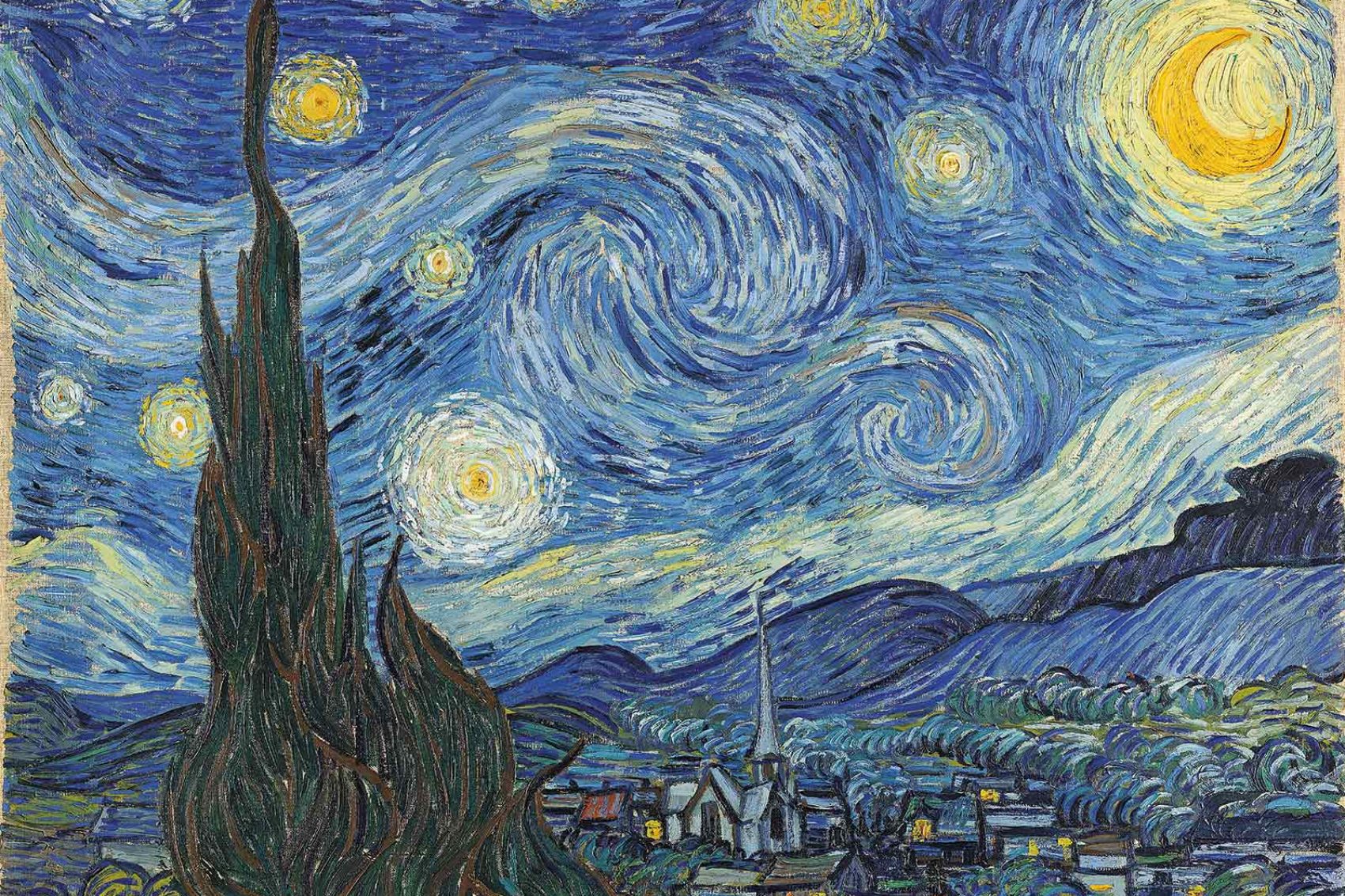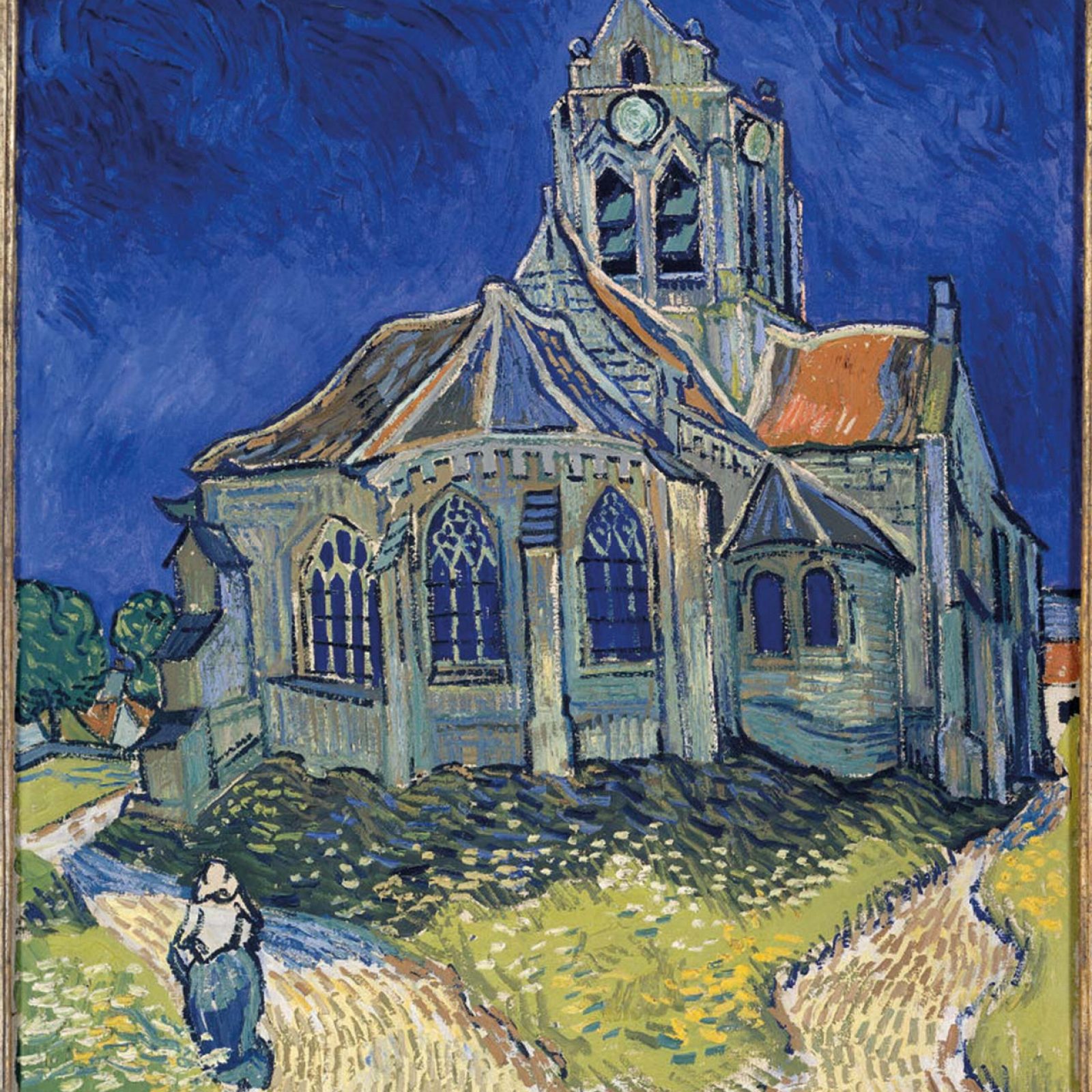Traversing Europe with Vincent van Gogh

I wouldn’t specifically have advised anyone not to travel with Vincent van Gogh, given the opportunity – but I might have suggested investing in a comprehensive travel insurance package.
The peripatetic painter is, after all, the model upon which all today’s tortured artists are based: driven and romantic, principled yet emotional, a mentally unstable self-saboteur whose work became one of the world’s greatest artistic legacies.
He would have been a captivatingly unpredictable travel companion, driven more by id than ego. A night of intoxication could easily end with a visit to the local brothel… or the loss of an ear.

Credit: Getty Images/Art Images
Van Gogh lived in almost 20 different cities during his 37 years, starting in Zundert, the Netherlands, in 1853. He went to school in Zevenbergen and Tilburg; dealt art in The Hague, London and Paris; taught at British schools in Ramsgate and Isleworth; and studied theology in Amsterdam and Brussels before deciding, aged 27, to become an artist. So he did what many a starving artist would do: he moved in with his parents. Tagalong traveller, beware: Van Gogh traversed more psychiatric institutions than five-star hotels – and as his meagre funds were reserved for paints, he subsisted on not much more than plain bread and tobacco.
Despite being a synaesthete for whom sounds were transformed into colourful rhapsodies, Van Gogh made his early drawings in pencil, and his initial paintings displayed a sombre palette. From his parents’ home in Etten, he travelled to The Hague and Drenthe, then to Nuenen where he began to experiment with colour, and to Antwerp where he enrolled in art school.
But it was in Paris circa 1886 that Van Gogh found his groove, having moved there unannounced, sending a message to his brother and soon-to-be roomie Theo – who had for many years already been his sole financial support — to pick him up at the Louvre. As a fellow couch surfer, I would have had the honour of keeping company with Impressionists like Seurat, Toulouse-Lautrec and, of course, Gaugin, sitting in cafes in Montmartre, arguing about art, soaking up the inspiration that would help define the aesthetic we associate with Van Gogh today.

Credit: Universal History Archive/Universal Images Group via Getty Images
The bulk of Van Gogh’s most famed paintings were done in Arles, southern France, where the artist decamped after becoming disillusioned with city life. He moved into what became known as the ‘Yellow House’, attempting to create an Airbnb/co-working space for artists, with painter Paul Gaugin as his first tenant. His painting of the Yellow House hangs in the Van Gogh Museum in Amsterdam.
The trigger for history’s most famed act of self-mutilation was Gaugin’s announcement that he would be ending their nine-week countryside bromance at the Yellow House. Distraught, Van Gogh cut off a part of his left ear, then hand-delivered this trophy to a local brothel – an act which contributed to his ejection from the city and voluntary institutionalisation in Saint-Rémy de Provence.

Credit: Universal History Archive/Universal Images Group via Getty Images
At this point, though many a backpacker would have likely hightailed it out of there quicker than you could cut off an appendage with a razor, they’d be missing out on the chance to see one of Van Gogh’s greatest works. The Starry Night, the ubiquitous image that has been reproduced on everything from credit cards to cushion covers, is based on the view from the artist’s iron-barred window at the Saint-Paul de Mausole asylum. It now lives at the Museum of Modern Art in New York City.
Tripadvisor would probably not have advocated staying for the artist’s increasingly frequent breakdowns, which continued until his discharge and move to another French commune, Auvers-sur-Oise, where he soon took his own life – an untimely end to the ultimate road trip, but just the beginning of Van Gogh’s road to fame.
More inspiration
- China – the Chinese Mainland, Hong Kong SAR, Macao SAR and Taiwan Region
- Hong Kong SAR - English
- Chinese Mainland (China) - English
- Taiwan China - English
- 香港特別行政區 - 繁體中文
- 中国內地 - 简体中文
- 中國台灣 - 繁體中文
- Africa
- South Africa - English
- Asia
- Bangladesh - English
- Korea - English
- Singapore - English
- Cambodia - English
- 한국 - 한국어
- Sri Lanka - English
- India - English
- Malaysia - English
- Thailand - English
- Indonesia - English
- Maldives - English
- ประเทศไทย - ภาษาไทย
- Indonesia - Bahasa Indonesia
- Myanmar - English
- Vietnam - English
- Japan - English
- Nepal - English
- Việt Nam - tiếng Việt
- 日本 - 日本語
- Philippines - English
- Australasia
- Australia - English
- New Zealand - English




.renditionimage.450.450.jpg)

